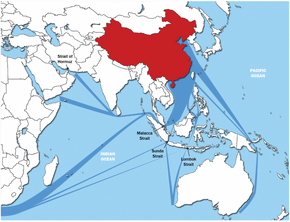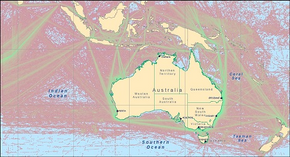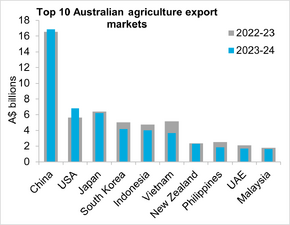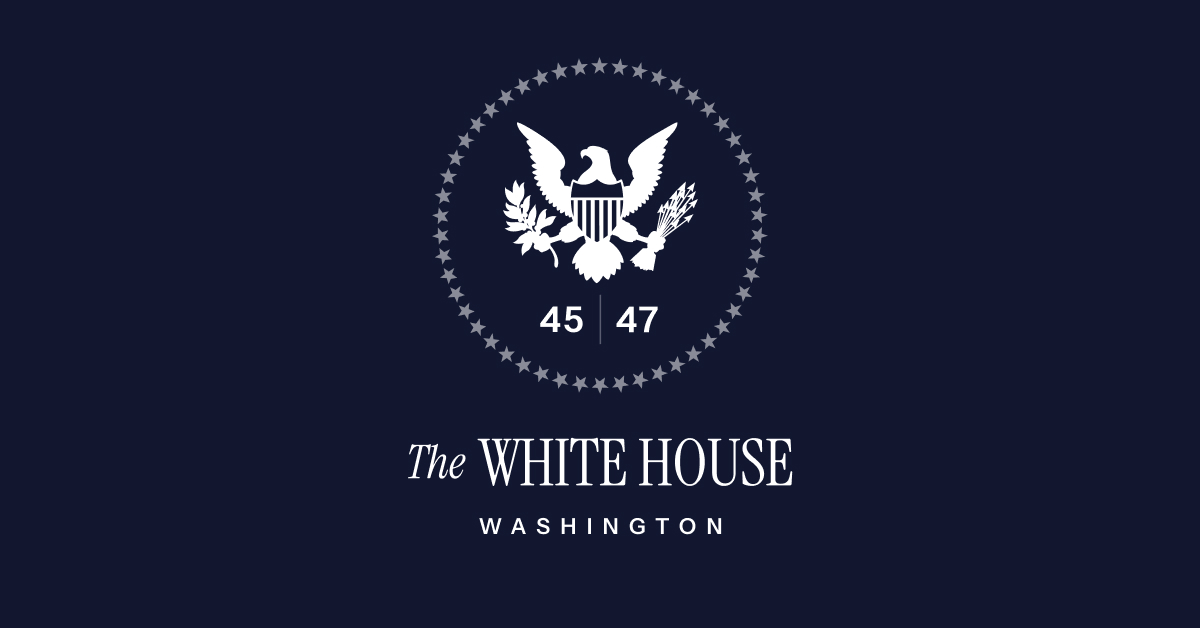Yes I agree, building established SSK's is a good idea. It should be commenced ASAP and we should delay SSN-AUKUS until we have a viable SSK fleet again. This would solve the looming capability gap rather than wondering if the US will sell us Virginia's or if they did what they would want in return. We could continue building SSK's until we are certain SSN-AUKUS is operational and proven or we decided we didn't want them after all.
Can anyone envisage a world where Australia is mostly concerned with defending its immediate region rather than poking around the SCS or Taiwan Straits at the behest of the US? Perhaps even the US can see this too? Operating SSN's brings a lot of baggage with extra facilities, costs, safety, waste disposal, crewing etc... It would be a huge waste if it turned out we really just needed SSK's operating close to Australia, monitoring the choke points.
Build SSK's now, SSN's later via SSN-AUKUS if we still feel we need to. Pass on Virginia's from the US and reduce our reliance.
Many, many issues with the content above, at least the way I view things.
If Australia were to delay it's participation in an AUKUS SSN, then Australia might as well give up going with SSN's altogether, as there is years of preparation required in order to make operating SSN's viable. As it stands now, the RAN already has personnel going through nuclear schools overseas to learn how to operate kit aboard SSN's and IIRC there are also RAN personnel seconded to the USN and RN to serve aboard some of their nuclear sub fleets to build experience. There is also the need (potentially) to build facilities in Australia that would be appropriate to operate and support SSN's and it will take time to select the best available sites for any new facilities as well as to then construct what is needed. As it stands now, there is concern that SSN's might not be available when Australia has crews available to serve aboard them and the
Collins-class SSG's need to start being decommissioned. To try and pause or delay things could then lead to Australia getting into an impossibly tight spot where SSN's might become available but Australia lacks trained crew and/or necessary facilities to operate SSN's, or else the delay could force the US and UK partners to proceed with their own plans and then no longer be in a position to support Australian SSN ambitions whenever it is decided to resume them.
Now for the whole notion of Australia "building established SSK's"... Why on earth would Australia want to do this? The
Collins-class submarine is actually an SSG, not an SSK, so how the RAN is used to operating conventional subs would be different from how any new 'established' sub would really be designed for. In point of fact, that was part of the issue with SEA 1000 in that there were no subs in service apart from the
Collins-class that was really designed for how the RAN utilizes submarines, and that most conventional sub operators have different CONOPS and capability requirements for their subs. Even the very good and very advanced Japanese subs were not quite a match for what Australia wanted/needed.
If Australia were to go done the route of getting another/interim conventional sub, even using an existing and in-service design, what would Australia select? Keeping in mind that no existing, in service design really meets 'normal' RAN conventional sub requirements, what criteria would Australia use to make any such selection? Then, how long would it take for selections to get made, contracts signed, long-lead items ordered and production commenced? How many would be ordered? Where would they be built and what would be realistic delivery and in-service dates?
Further, if Australia were to select an in-service design, would it be modified to use kit and systems that the RAN is already familiar with? If so, how far out would that push things because of the time needed for detailed design needing completion? If the RAN were to go with a completely MOTS order and build, how long would it take RAN dolphins to undergo re-training or conversion training so that they are familiar with and more importantly competent, to use the new kit and systems, as well as what the proper procedures are?
Now onto notions on how they would be employed. One harsh reality is that Australian ports generally, and fleet bases especially, are FA away from everything else. I mean, a simple partial circumnavigation of Australia going from FBW through the Northwest Shelf to Darwin is roughly 3,600 km. What that has meant for RAN subs is that they need the ability to transit long stretches of water fairly quickly, which is also one of the reasons why AIP systems were looked at and ultimately discarded (or in the case of the Stirling engine, removed from the test rig and re-crated). The
Collins-class subs have had the necessary power generation and battery storage capacity to conduct long distance transits whilst keeping the sub's indiscretion rate within acceptable parameters, but would other conventional subs likewise be able to do this? As for where they would actually be useful... there are not really many chokepoints in the near approaches to Australia and the closest thing otherwise to chokepoints would be in parts of the Timor Sea, Arafura Sea, or the Coral Sea, with these again all be significant distances from FBW where RAN subs are currently based, and even further if RAN subs were based out of FBE. So is this plan going to also require the expansion of RAN facilities in Darwin so that the subs could be based and supported from there? Even if new RAN conventional subs were ordered/built and brought into service to patrol 'chokepoints' between mainland Australia and Indonesia, Timor Leste or PNG, that only might help stave off direct attacks against the mainland. It would do SFA about securing or threatening major int'l SLOC chokepoints in SE Asia that significant amounts of int;l trade make use of, including Australian trade with Europe, Africa, the Mideast and Asia. To protect some of those SLOC, the ADF needs to be able to operate and project into the Indian Ocean as well as areas like the SCS, with all of these areas being even further from FBW than Darwin is. To reinforce the nature of this issue, in the event a major conflict breaks out, Australia could be effectively blockaded from thousands of kms away simply due to where so much of the int'l trade passes through. As a side note, this is also one of the potential flaws I see in Australia having established a strategic oil reserve stored in Japan...
To address the notion raised that Australia might going poking around the SCS at the behest of the US... TBH Australia should be poking around the SCS because it is in Australia's own self-interest to do so. Australian trade with Malaysia, Singapore, Vietnam, mainland China, S. Korea and Japan are pretty much all going to pass through the SCS and major portions of world trade with mainland China, S. Korea and Japan all pass through the SCS. This means in order to help protect Australian trade and the Australian economy directly, as well a indirectly by aiding in the prevention of economic disruption in major int'l economies, it is important for Australia to be able to have some influence on what goes through or is going on in the SCS. To think otherwise would be to demonstrate a degree of sea-blindness since Australia, due to it's relative isolation, can be effectively threatened by an aggressor without them ever having to come close to the mainland.
I would also suggest people stop and consider why Australia ended up deciding to change policy and pursue SSN's rather than conventional subs like the RAN has operated since the 1960's.






